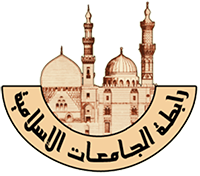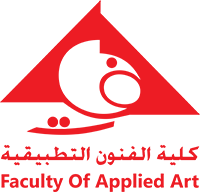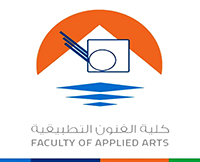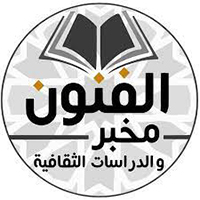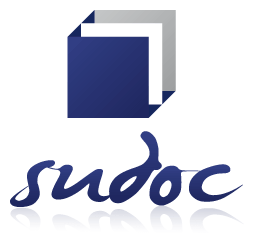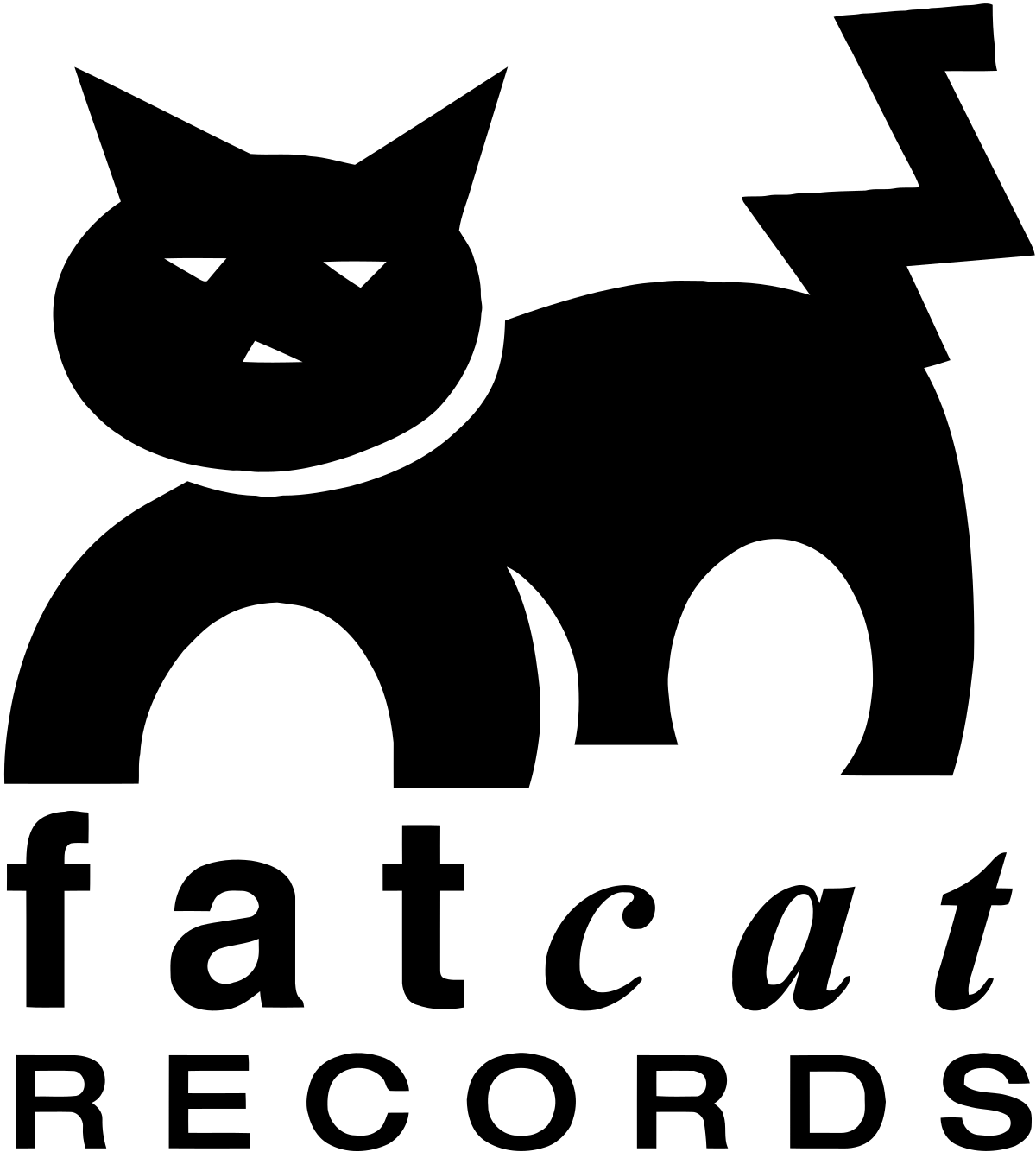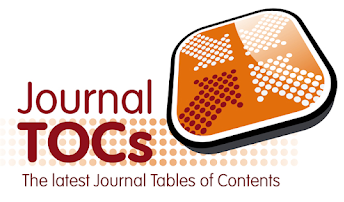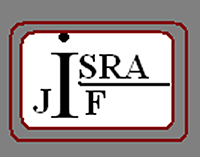
The journal is issued by “The international foundation for culture and arts” it has arbitrators from the members of the scientific committee for various sectors in the design field and it is exposed internationally to professional committees of foreign and Arab arbitrators.
Goals of the journal:
Documenting the intellectual bonds and spread scientific culture among Arab and foreign researchers and allow purposeful scientific communication among them.
Finding communication channels among workers in fields of civilization and heritage and academic institutions in fields of design at its various aspects, sides and derivatives, also social science and its relation with civil development and upgrade the level of education and researches of design, architecture, arts and archeology and link them with various institutions using the most modern technological means and ways to create positive results for those studies and searches that are being considered of the treasures of scientific knowledge at all variable artistic and civilizational fields.
About the journal:
Journal of Art and Design has an open use policy and it is a periodic, scientific and arbitrated journal which is issued by “The international foundation for culture and arts”. It cares about spreading culture and upgrading the capabilities of the Arab researchers and designers in their researches and their intellectual works and creative designs to reach the international scientific level.
Arbitrators with international reputation in fields of Art and design from all around the world are adjudicating the researches. The introduced researches for publishing are being arbitrated through rules that mean there is no chance for the arbitrator to identify the identity of the research owner, or vice versa, which provides a better opportunity for fair adjudication and grant researchers a neutral chance to receive an unbiased evaluation.
The journal departments:
It includes many sections, the most important of which is the arbitrated scientific department which includes an arbitrated scientific researches in both languages Arabic and English, the other sections include the following:
Design researches in each various fields which include:
Serious scientific search papers in various fields of design for interior and exterior architecture and all fields of applied, fine arts and art education. It is conditioned at those papers; clarity of vision and goal, adopting appropriate research methodologies, their results represent a new addition, it is also conditioned authenticity, creativity of the papers and documentation and stability of their references and resources and their modernity and their impact factor.
Researches of Arts:
It includes the fields of flat and stereoscopic arts, photography, and all modern methods in art, including innovations and scientific additions and technological additions that add to knowledge, intellect and history. The introduced works for arbitration are conditioned to have the same previous conditions from assuring their authenticity, creativity and documentation and stability of their references and resources.
Opinions of researches and members of the association:
It is a specialized section for presenting critical studies, ideas for discussion, and the points of view of others in art and design and its connoisseurs, and the archaeological and historical field in the creations and innovations of artists and critics in various cultural and creative fields in sculpture, photography, and arts in general, visible, tangible, and tangible.
Creative Commons license:
Creative Commons Attribution 4.0 (CC BY) License.
All published works in this journal will have Creative Commons license for rights of authoring and publishing (copyrights), tools of this license will achieve a balance in the traditional model “all rights are preserved” that was created by the law of authoring and publishing rights “copyrights”. It grants its tools in a simple and typical mean for everyone, starting with individuals to large firms and institutions to identify terms of copyrights of their creative works, merge between the license tools and its users will lead to increase and spread of digital commons which is an assembly of the content that could be printed, redistributed, changed and be derived from, all that within the range of the copyright law. That’s how the journal readers can freely benefit from what is being published as long as the original work is attributed to its owner in the upload, print, distribution and transfer of it across various media.
Flexible use of the content and merging it with other works to benefit from it whether for commercial or uncommercial reasons. Deriving from parts of the work or even all of it to fit the needs of your work and adding parts or link between the work and other works.
This license is the most forgiven and appropriate for the guaranty of the widest spread and use of the licensed materials.

